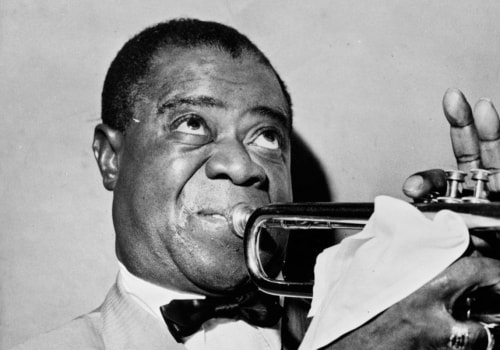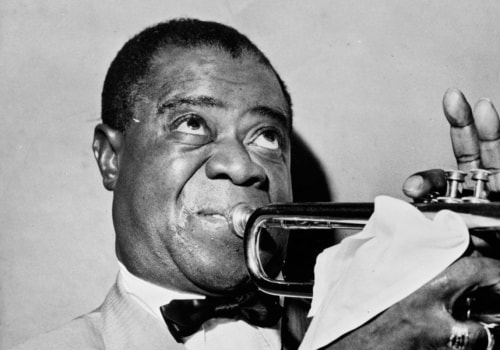Jazz is a musical genre that has its roots in the African-American communities of New Orleans, Louisiana, in the late 19th and early 20th centuries. It was born out of a need for emancipation and freedom, and its spirit of experimentation and expression has been key elements of jazz ever since. The first jazz recordings, made in 1917 by The Original Dixieland Jazz Band, proved tremendously popular and helped bring the music to enthusiastic audiences across the country. The “Roaring Twenties” saw jazz become popular in the United States and Europe, with prohibition, speakeasy bars, flappers and music bringing it to the mainstream.
Overnight success stories of black musicians like Louis Armstrong, Duke Ellington and Count Basie were made. The jazz era culminated with the historic Benny Goodman concert of 1938 at Carnegie Hall, which brought together musicians of various ethnicities to play jazz inside this sacred hall. At this point, jazz from the 20s and 30s was already beginning to give way to the Big Band era, although musicians such as Ellington and Armstrong would continue to develop jazzy until their death. New Orleans, near the mouth of the Mississippi River, played a key role in the development of jazz.
The city's population was more diverse than anywhere else in the South, and people of African, French, Caribbean, Italian, German, Mexican, and American Indian descent, as well as English ancestry interacted with each other. African American musical traditions mixed with others and jazz gradually emerged from a mix of ragtime, marches, blues and other types of music. In the beginning, jazz was mostly for dancing. In later years, people would sit and listen.
The evolution of jazz was led by a series of brilliant musicians such as Louis Armstrong, Duke Ellington (listen to Ellington in Duke's music class), Charlie Parker and Miles Davis. Jazz developed a number of different styles, including traditional jazz, swing (listen, for example, to Benny Carter, who started out in swing music, in Benny's music class), bebop, fresh jazz and jazz rock, among others. At the same time, jazz spread from the United States to many parts of the world, and today jazz musicians, and jazz festivals can be found in dozens of countries. Jazz is one of the largest U. S.
exports to the world. Music that eventually became jazz evolved from a broad and gradually assimilated mix of black and white folk music and popular styles with roots in both West Africa and Europe. The relaxed Cool jazz of Birth of the Cool by Miles Davis, The Modern Jazz Quartet and the Lennie Tristano school was marketed as a softer alternative to the more fiery sounds of bebop. A more precise term could be Afro-Latin jazz since this subgenre usually employs rhythms that have a direct analogue in Africa or exhibit an African rhythmic influence beyond what is normally heard in other types of jazz. Jazz arrangements with a Latin A section and an oscillating B section with all choruses balanced during solos became common practice with many Latin melodies from the standard jazz repertoire.
There was bebop and its variants; there was the last breath of swing; there were strange new beers like Stan Kenton's progressive jazz; there was a whole new phenomenon called revivalism: the rediscovery of jazz from the past either on old records or performed live by old musicians out of retirement. Jazz is now taught around the world in elite conservatories which continue to produce outstanding young musicians and although it is no longer popular music as it was in the 1930s it retains a dedicated audience of attendees and listeners. Acid jazz developed in the United Kingdom in the 1980s and 1990s influenced by jazz-funk and electronic dance music. Recordings and performances by Bunk Johnson and George Lewis spurred a national jazz revival movement providing opportunities for traditional jazz musicians who persist today. In the 1980s in addition to Wynton and Branford Marsalis pianists such as Donald Brown Mulgrew Miller and later Benny Green bassists such as Charles Fambrough Lonnie Plaxico (and later Peter Washington and Essiet Essiet) trumpeters such as Bill Pierce Donald Harrison and later Javon Jackson and Terence Blanchard emerged emerged as talented jazz musicians all of whom made important contributions in the 1990s and 2000s. In the 1960s and 1970s many jazz musicians had only a basic understanding of Cuban and Brazilian music and jazz compositions that used Cuban or Brazilian elements were often referred to as Latin melodies with no distinction between a Cuban son montuno or a Brazilian bossa nova.



